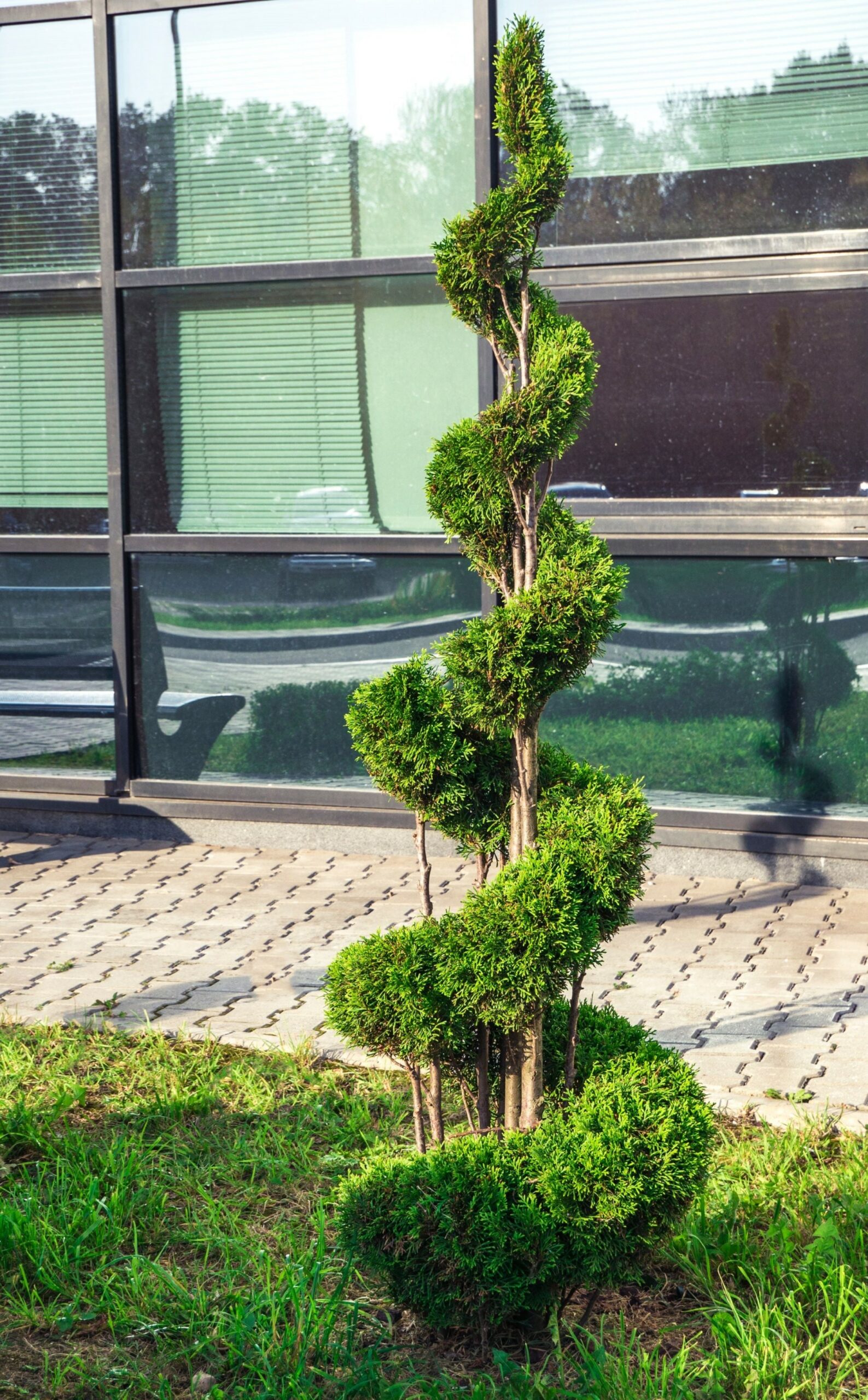Topiary Trees: A Timeless Art Form
Topiary trees are a stunning example of horticultural artistry, where plants are carefully pruned and shaped into intricate designs. This ancient practice, originating in Roman times, has evolved into a sophisticated art form that adds elegance and sophistication to gardens worldwide.
The process of creating a topiary involves meticulous pruning and shaping of plants, often over several years. Popular plant choices for topiary include boxwood, yew, and holly, as they are slow-growing and respond well to shaping. By carefully trimming and training these plants, skilled gardeners can create a wide range of forms, from simple geometric shapes to complex animal and human figures.
One of the primary benefits of incorporating topiary trees into a garden is their ability to add structure and visual interest. A well-placed topiary can serve as a focal point, drawing attention to a specific area of the garden. Additionally, topiary can be used to define spaces, create borders, or screen unsightly views.
To maintain the shape and health of a topiary, regular pruning is essential. The frequency of pruning will vary depending on the type of plant and the desired shape. However, most topiaries require at least two or three pruning sessions per year. It is important to use sharp, clean pruning shears to minimize damage to the plant.
Beyond their aesthetic appeal, topiary trees offer several practical advantages. They can be used to control the growth of hedges and shrubs, reducing the need for frequent trimming. Additionally, topiary can help to deter pests and diseases by creating a less hospitable environment for these unwanted visitors.
In recent years, topiary has experienced a resurgence in popularity, with many contemporary gardeners embracing this traditional art form. As a result, there is a growing diversity of topiary styles and designs available. From classic geometric shapes to whimsical animal figures, there is a topiary to suit every taste and garden style.
To create a successful topiary garden, it is important to consider the overall design of the space. The size, shape, and placement of topiary trees should complement the surrounding landscape. Additionally, it is essential to choose plants that are well-suited to the local climate and soil conditions.
In conclusion, topiary trees are a versatile and elegant addition to any garden. By combining horticultural skill with artistic creativity, gardeners can create stunning and enduring works of living art. Whether you prefer classic or contemporary designs, topiary offers endless possibilities for enhancing your outdoor space.

